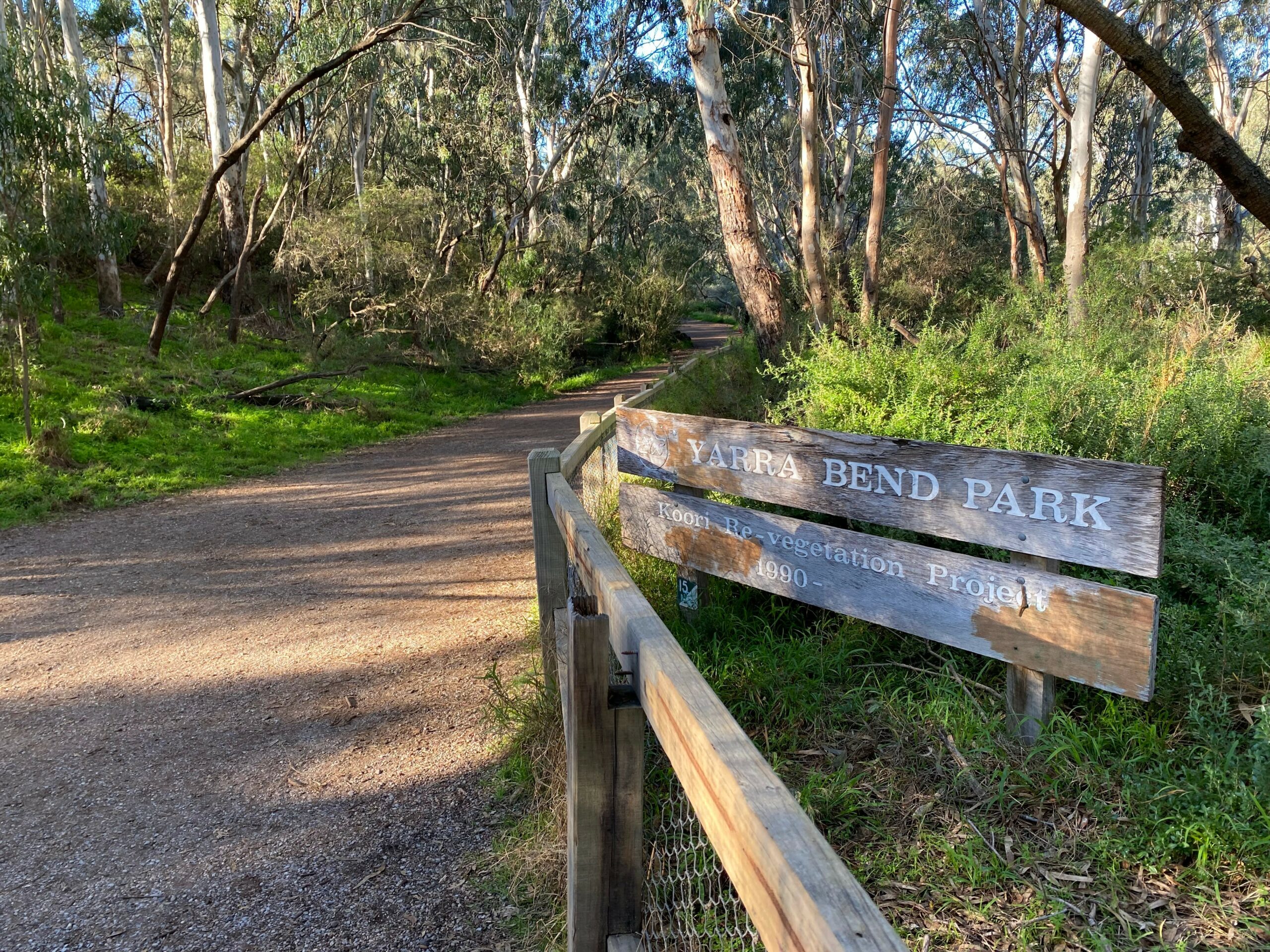We went on a walk on Sunday afternoon.
We started from the Fairfield Park Boathouse because it was closer. The car park there was full so we had to park at Yarra Bend Road (next turn from Heidelberg Road).
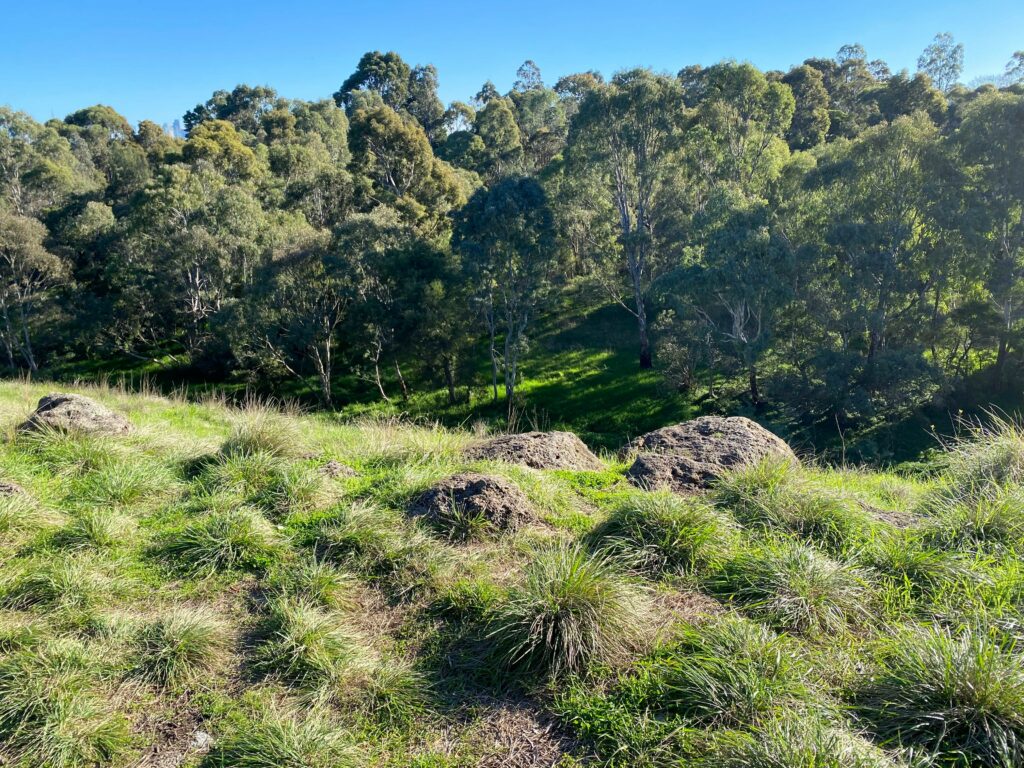
The weather was perfect – warm and sunny.
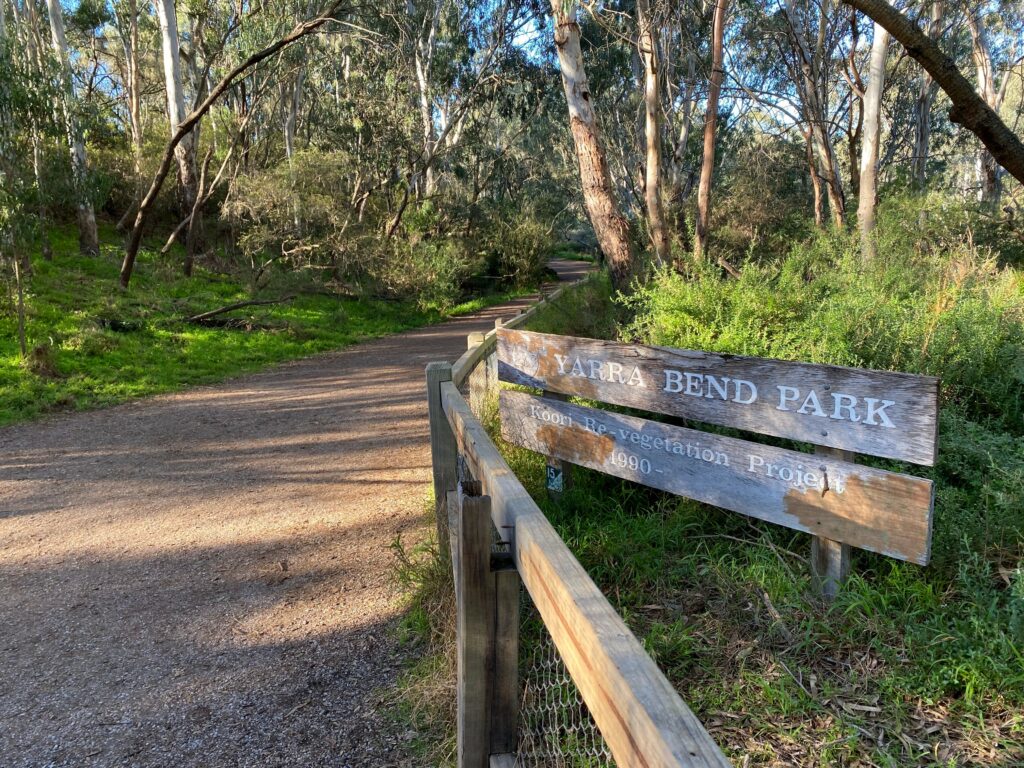
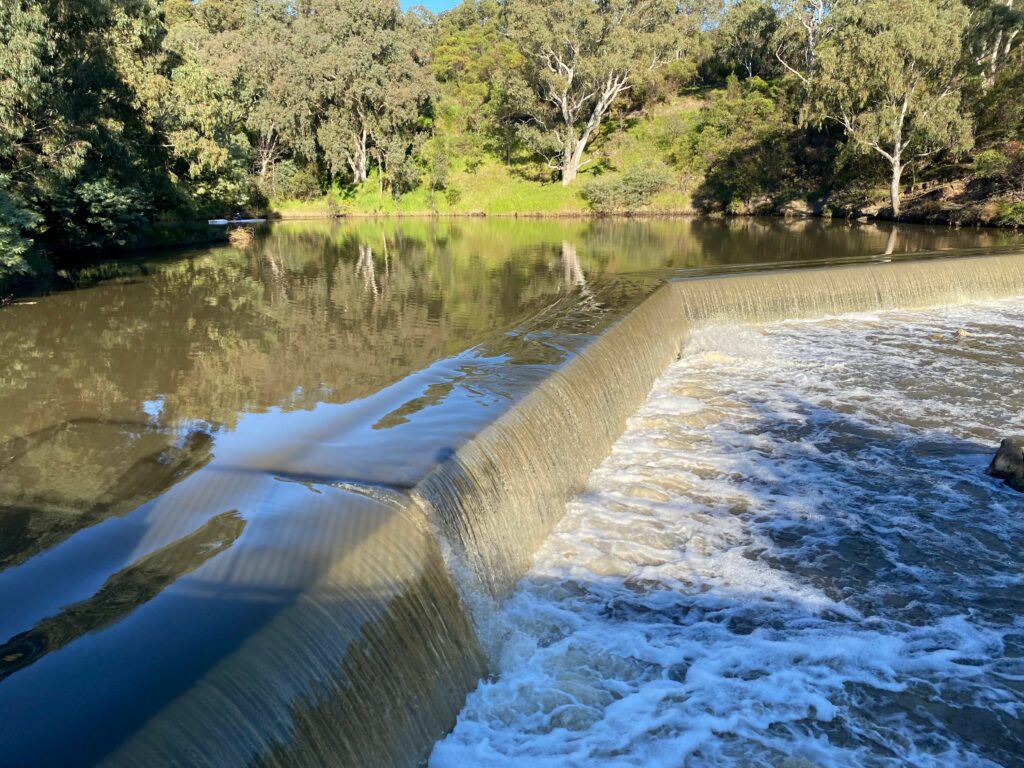
Dights Falls was named after John Dight, who built the Ceres flour mill there in 1841.
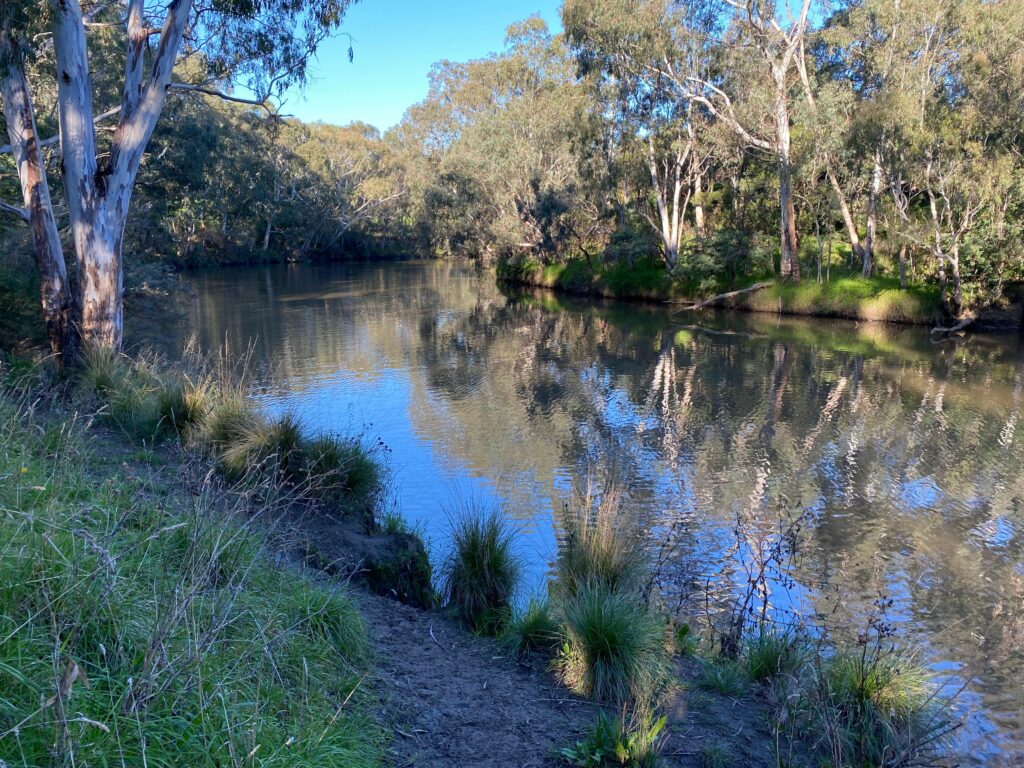
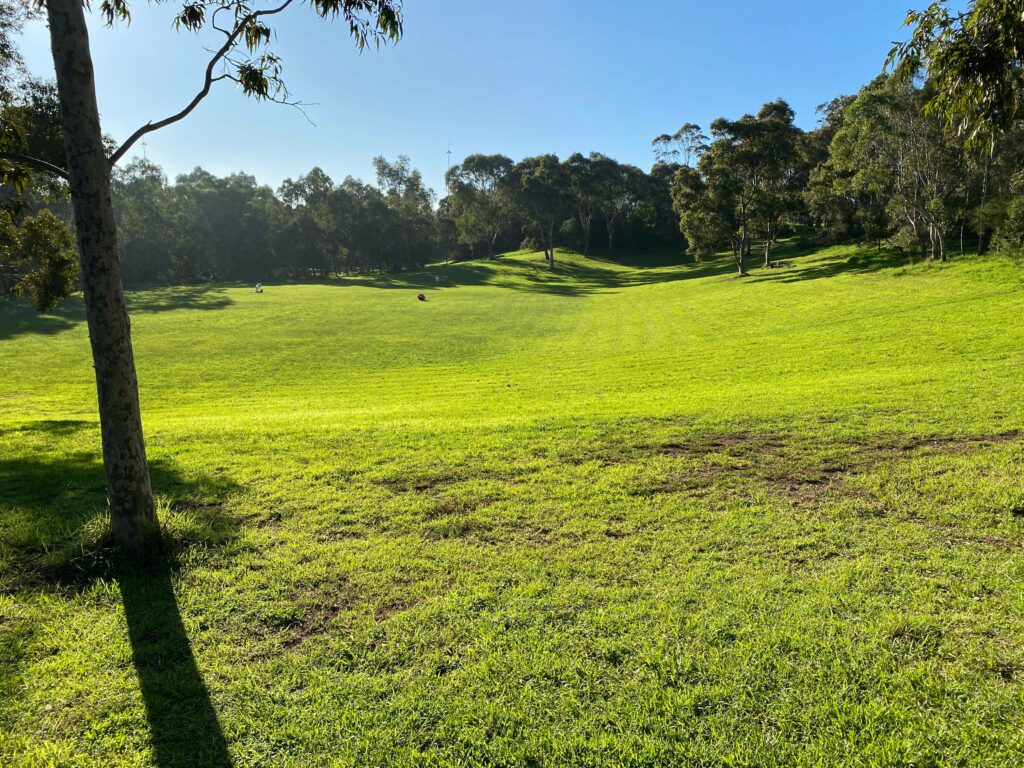
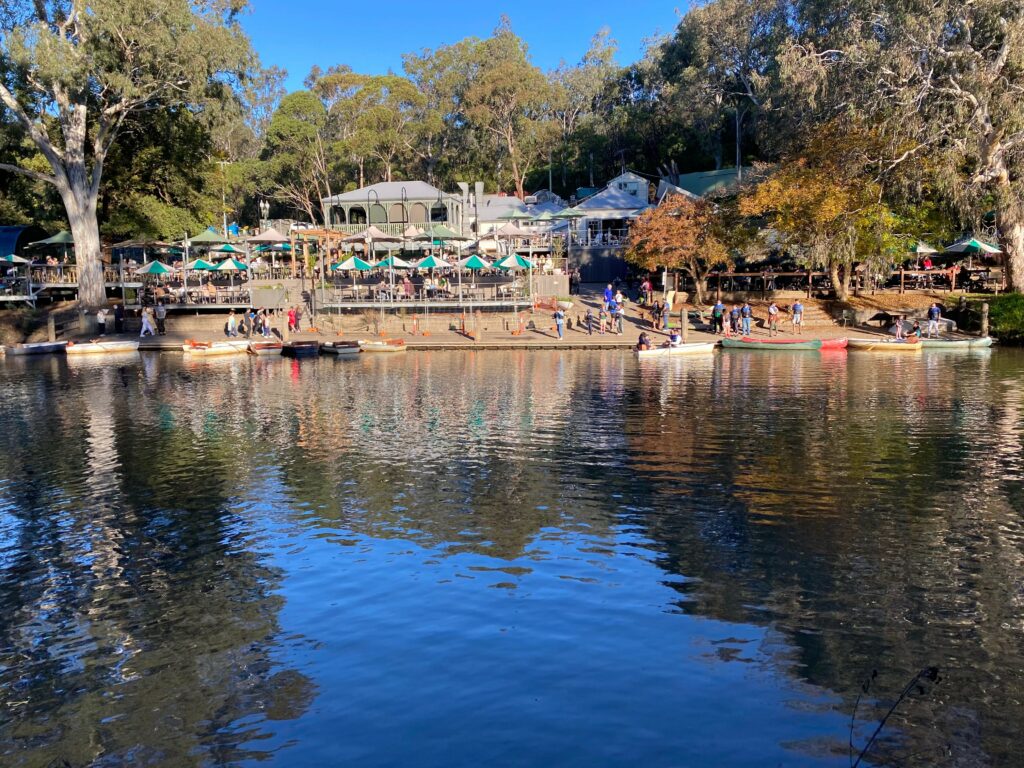
We reached another boathouse – Studley Park Boathouse.
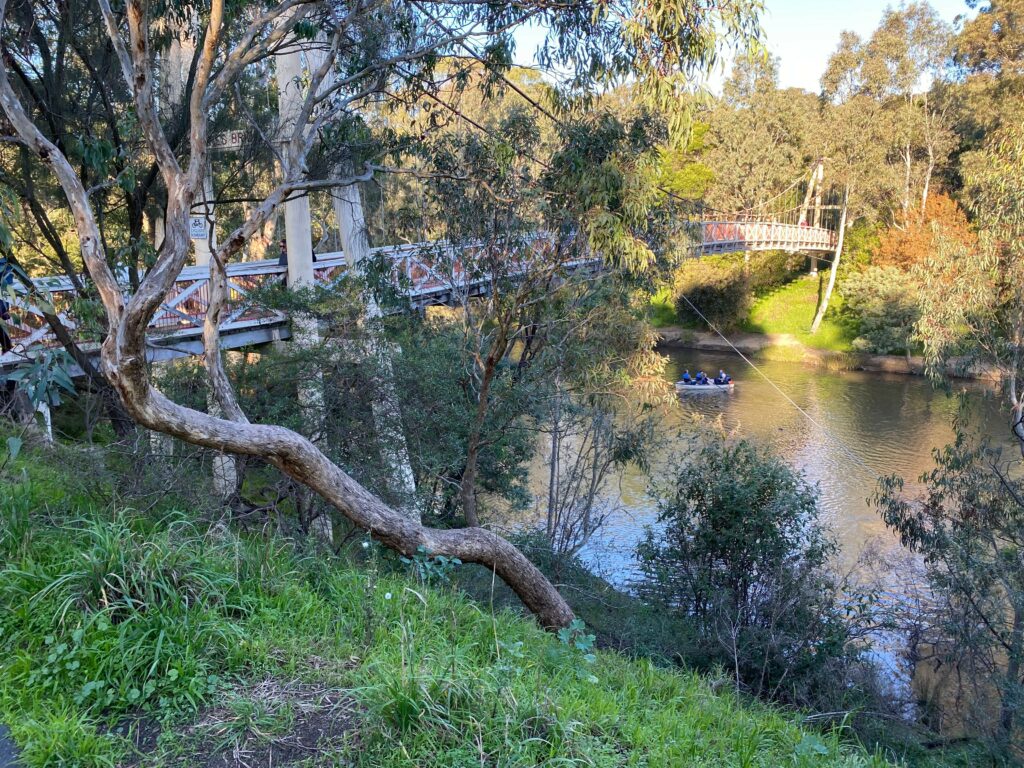
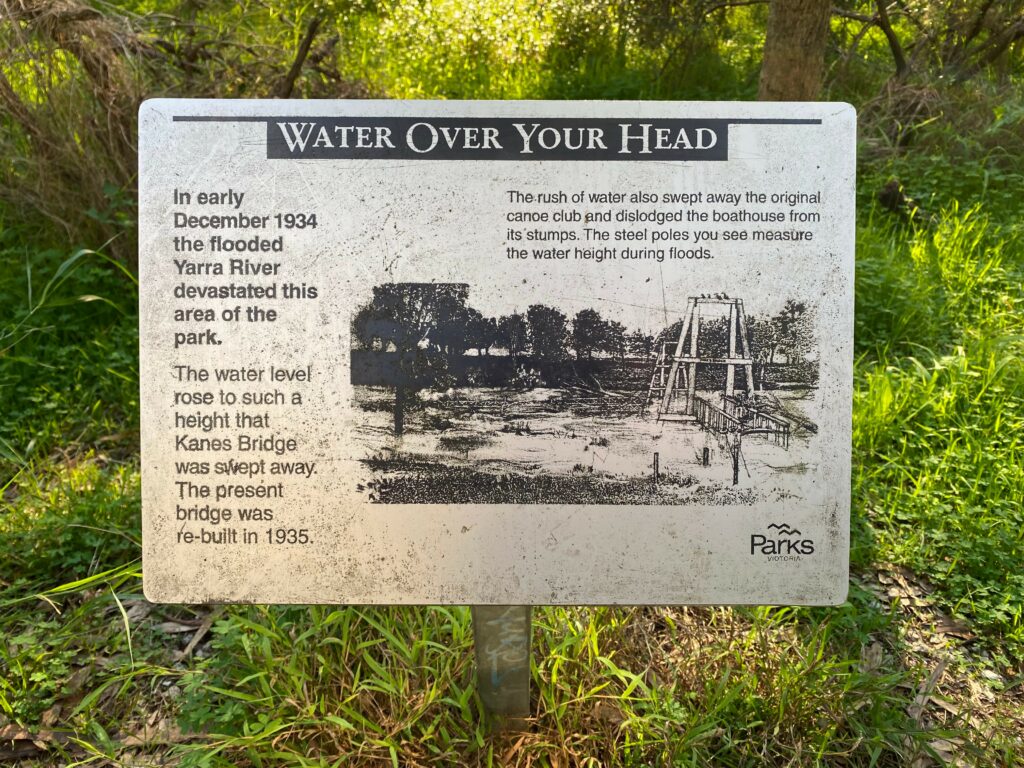
The sign reads:
WATER OVER YOUR HEAD
In early December 1934 the flooded Yarra River devastated this area of the park.
The water level rose to such a height that Kanes Bridge was swept away. The present bridge was re-built in 1935.
The rush of water also swept away the original canoe club and dislodged the boathouse from its stumps. The steel poles you see measure the water height during floods.
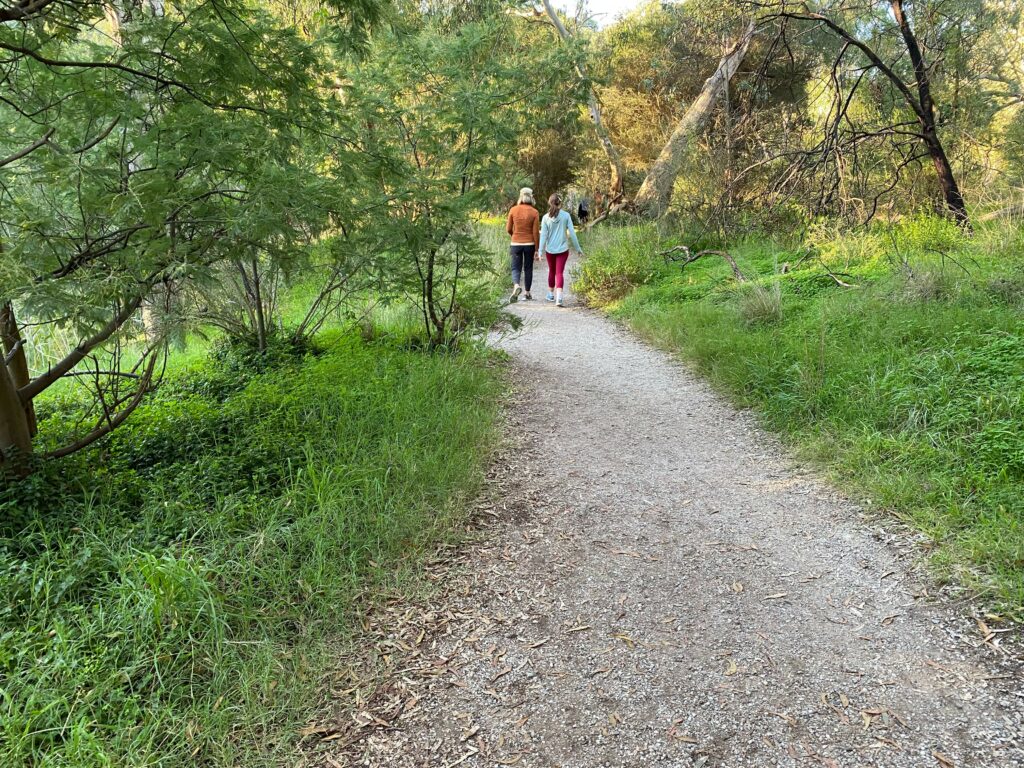
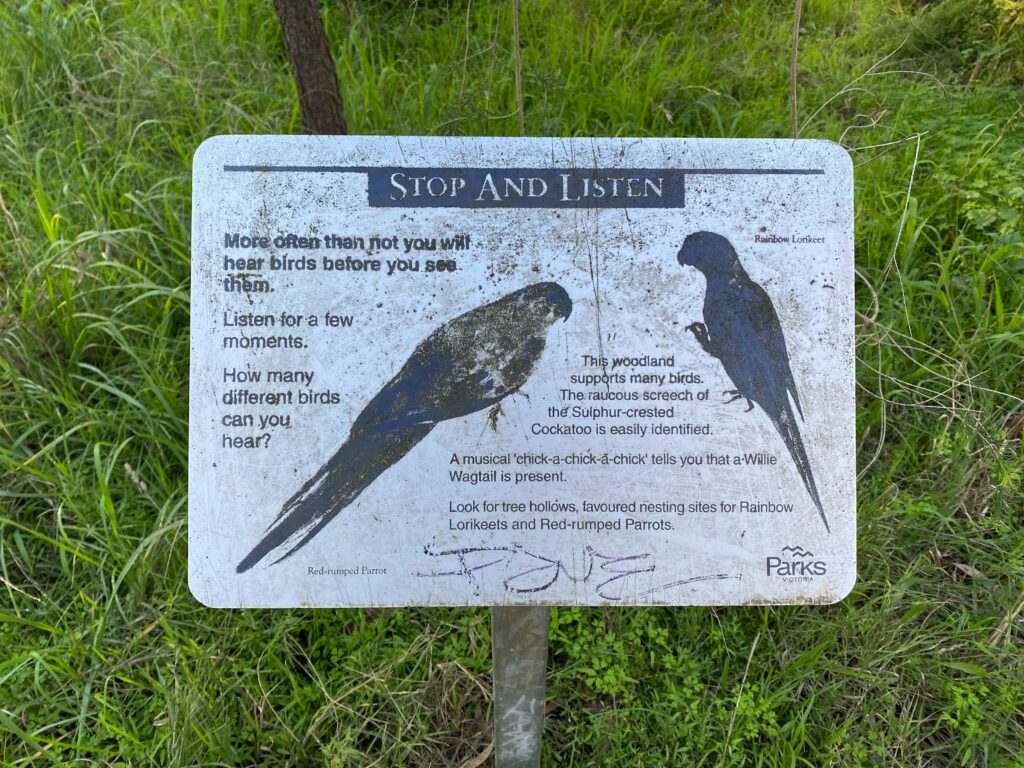
Another sign:
STOP AND LISTEN
More often than not you will hear birds before you see them. Listen for a few moments. How many different birds can you hear?
This woodland supports many birds. The raucous screech of the Sulphur-crested Cockatoo is easily identified. A musical ‘chick-a-chick-a-chick’ tells you that a Willie Wagtail is present. Look for tree hollows, favoured nesting sites for Rainbow Lorikeets and Red-rumped Parrots.
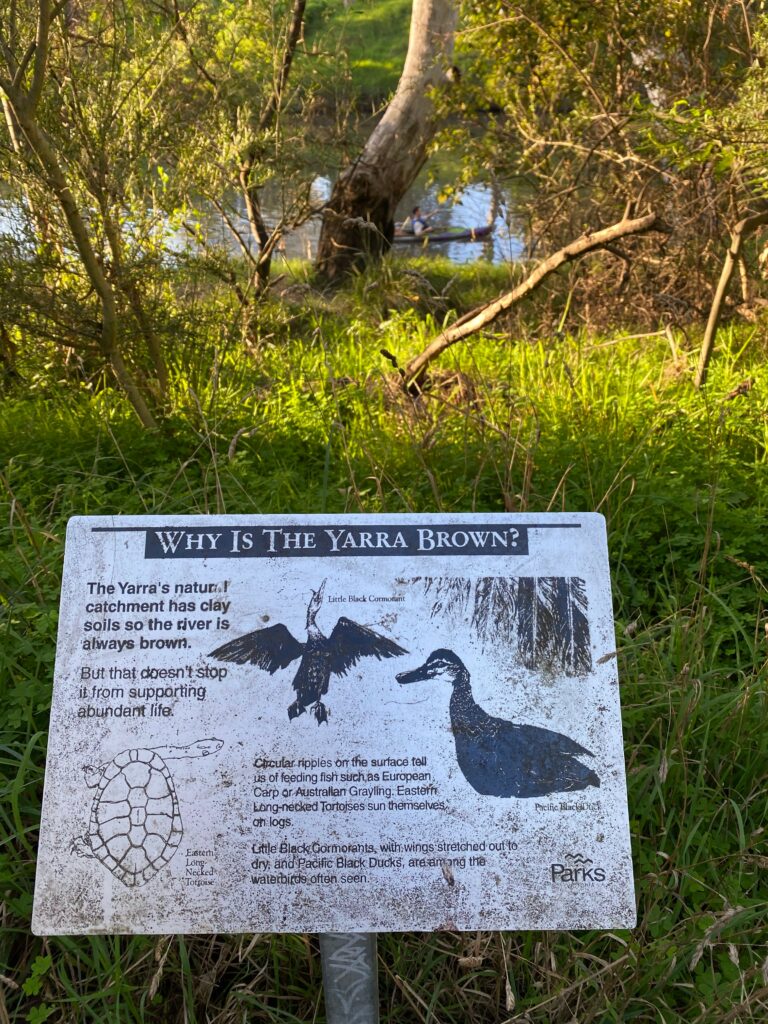
WHY IS THE YARRA BROWN?
The Yarra’s natural catchment has clay soils so the river is always brown. But that doesn’t stop it from supporting abundant life.
Circular ripples on the surface tell us of feeding fish such as European Carp or Australian Grayling. Eastern Long-necked Tortoises sun themselves on logs.
Little Black Cormorants, with wings stretched out to dry, and Pacific Black Ducks, are among the water birds often seen.
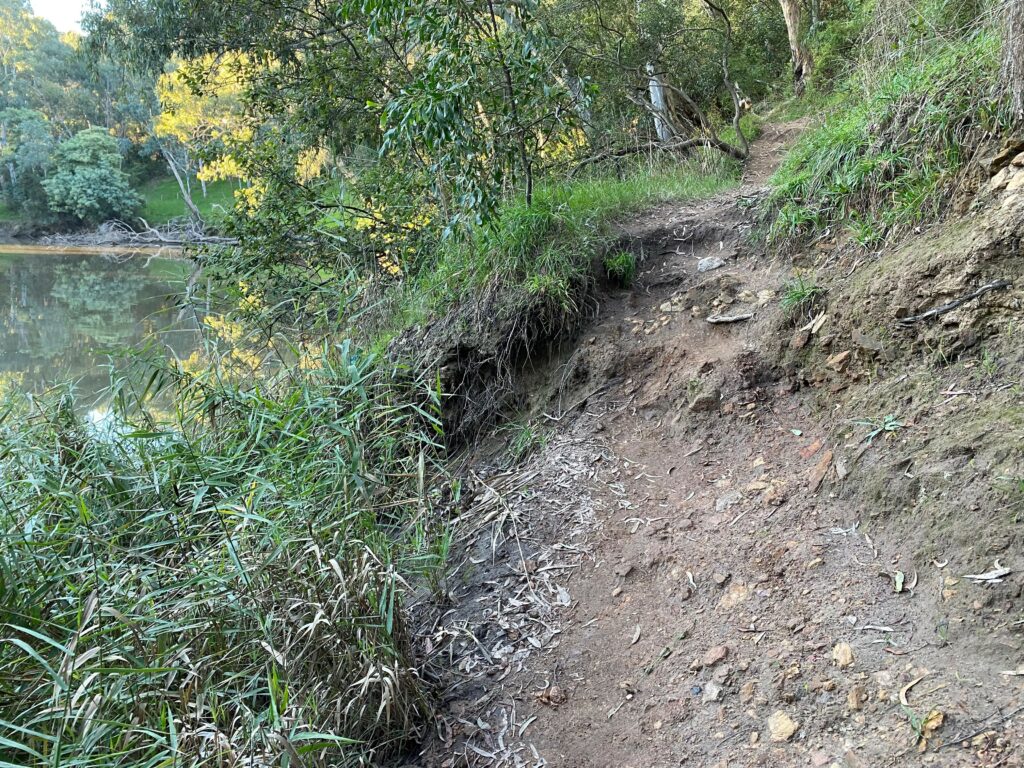
The trail became narrow as we walked along the Yarra Boulevard. It is definitely not suitable for prams there.
After about half an hour we reached Bellbird picnic area and flying fox sanctuary.
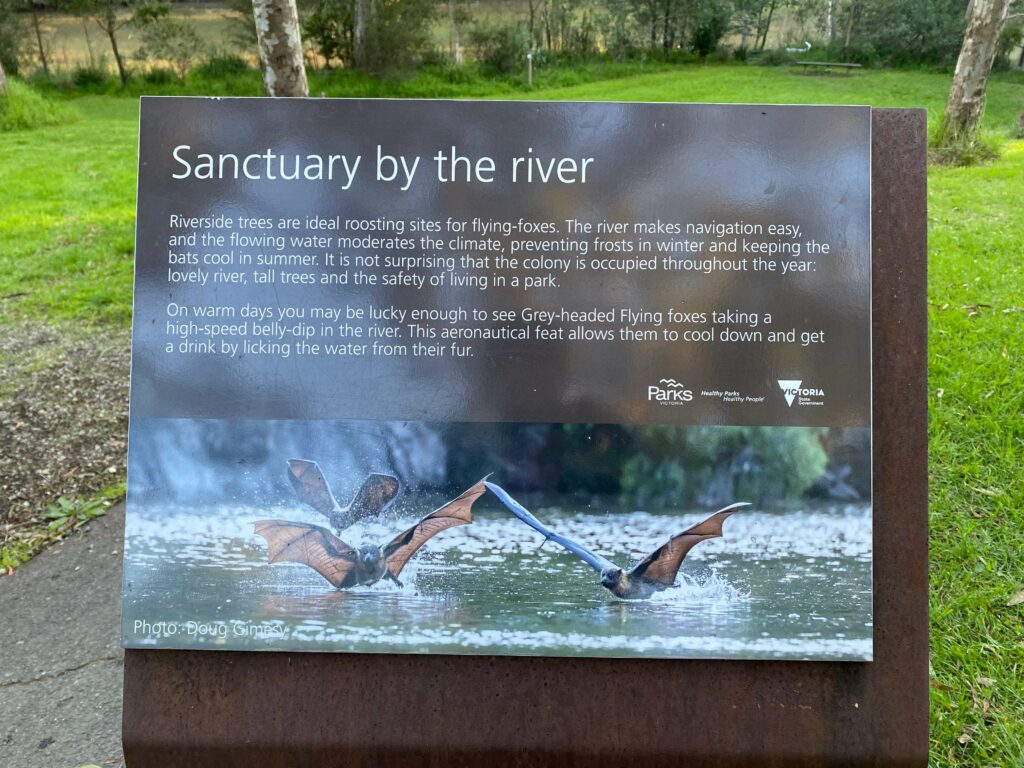
The sign reads:
Sanctuary by the river
Riverside trees are ideal roosting sites for flying-foxes. The river makes navigation easy, and the flowing water moderates the climate, preventing frosts in winter and keeping the bats cool in summer. It is not surprising that the colony is occupied throughout the year: lovely river, tall trees and the safety of living in a park.
On warm days you may be lucky enough to see Grey-headed Flying foxes taking a high-speed belly-dip in the river. This aeronautical feat allows them to cool down and get a drink by licking the water from their fur.
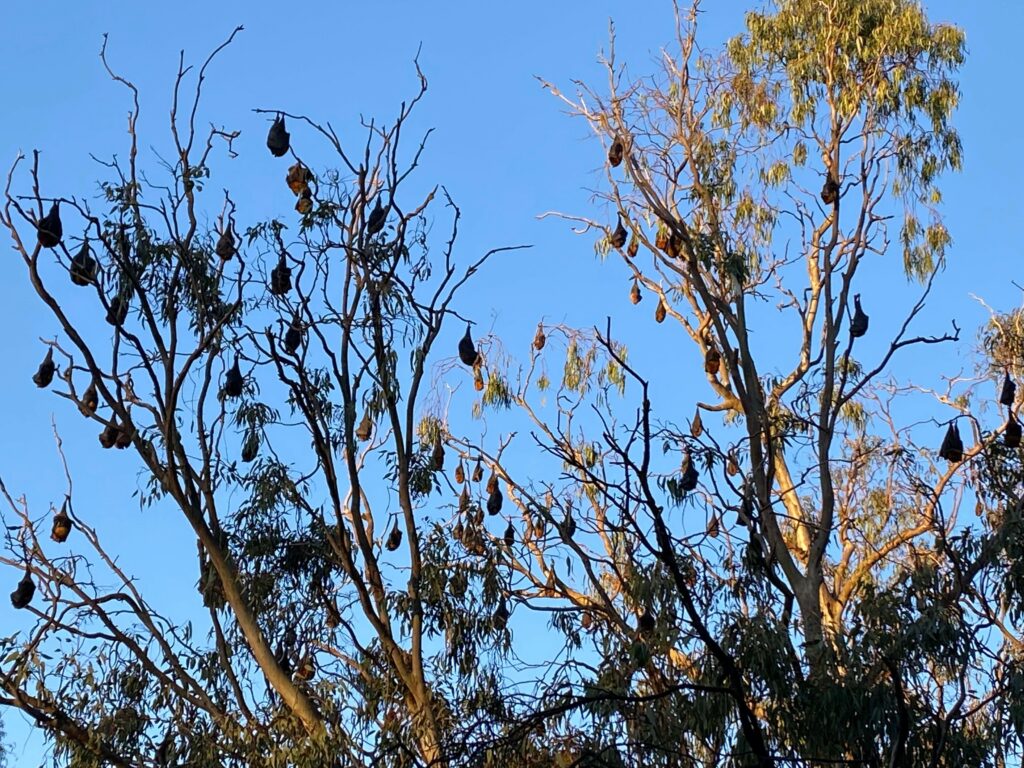
Almost all flying foxes were sleeping. It was still great to observe them.
Overall, it was a wonderful walk with beautiful scenery. It took us 2.5 hours to walk 10.5 km.
| Trail Name | Yarra Bend Circuit |
| Distance | 10.4km |
| Estimated Time | 2-3 hours |
| Grade | 2-3 |
| Type | Circuit |
| Park | Yarra Bend Park |
| Access | 2WD (dogs allowed) |
Map of this walk: Yarra Bend

